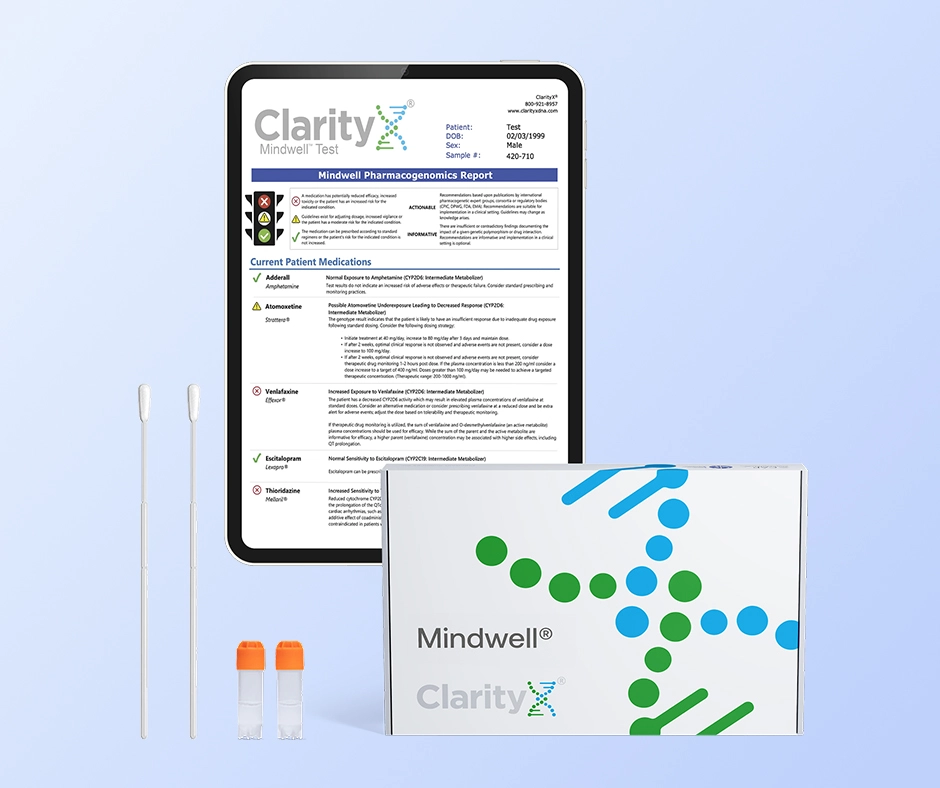Key Highlights
- Anastrozole is a medication used to help manage and prevent the recurrence of certain types of breast cancer. It is used by postmenopausal women to lower estrogen levels that might help tumors grow.
- This medicine works by blocking the enzyme aromatase. This slows estrogen production and helps slow the growth of hormone receptor-positive breast cancer cells.
- Anastrozole can cause some immediate effects, like hot flashes and changes in menstrual cycles.
- Anastrozole is often used to help prevent the recurrence of breast cancer. Many healthcare providers recommend continuing therapy for about 5–7 years.
- It is important to regularly check blood pressure, cholesterol levels, and bone density during treatment with Anastrozole.
Introduction
Anastrozole plays a crucial role in treating hormone receptor-positive advanced breast cancer. This type of cancer occurs when tumor cells grow in response to hormones such as estrogen. Anastrozole functions by blocking the production of estrogen, which helps prevent cancer cells from growing and spreading. Understanding how Anastrozole works, its potential side effects, and the time frame in which it’s often used can be helpful for anyone considering or undergoing this treatment.
Understanding Anastrozole
Navigating cancer treatment can feel like learning a new language. The path can be intimidating, but leaning on the support of others and learning more about your treatments can help you stay on course and manage your health for years to come. Anastrozole is an important treatment option for many individuals, including women managing breast cancer. This article will focus on its use in hormone-receptor positive (HR+) breast cancer, including how it works, how long it’s usually taken, and some things to keep in mind that may be helpful to discuss with healthcare providers to help promote safety over time.
What is Anastrozole and how is it used?
Anastrozole is an aromatase inhibitor, a class of medication for breast cancer specifically used in certain types of the disease. It targets postmenopausal women with hormone receptor-positive breast cancer who are at an increased risk of recurrence. Many doctors prescribe Anastrozole following chemotherapy, surgery, or other primary treatments to reduce the likelihood of cancer returning.
Anastrozole works by slowing down the body's production of estrogen. This is crucial because, in hormone receptor-positive breast cancer, estrogen can promote the growth of cancer cells.
By significantly lowering estrogen levels, Anastrozole can impede or halt the growth of cancer cells.
Overview of Anastrozole's mechanism of action
Anastrozole is effective because it inhibits the enzyme aromatase. This enzyme is crucial as it facilitates the body's production of estrogen and the conversion of testosterone to estradiol. In hormone receptor-positive breast cancer, even small amounts of estrogen can be detrimental, as it may promote cancer cell growth.
Anastrozole serves as a potent blocker. By inhibiting aromatase, it prevents the body from producing estrogen. This results in a significant decrease in overall estrogen levels. With reduced estrogen, cancer cells are deprived of the hormones necessary for their survival and growth.
Researchers have noticed some potential variability in the long-term efficacy of aromatase inhibitors that may be explained by genetics. The potential impact of these variations is still being explored. Still, some research suggests that genetic variability in CSMD1 and CYP19 (which affect anastrozole metabolism) may help predict how well medications like anastrozole are able to prevent cancer recurrence in individual patients.
Timeline for Anastrozole Effectiveness
Understanding how Anastrozole works over time is important for managing your expectations. The drug starts to impact hormone production quickly. Still, the nature of the therapy is cancer recurrence prevention, so much of the initial effects are more likely to be experienced as side effects.
Working closely with your healthcare providers can help ensure the dosage and potential side effects are managed effectively. This can also help you distinguish between issues that may be more troublesome and require a significant change in therapy. Good communication helps promote your overall well-being.
Immediate effects of starting Anastrozole
From the moment you take your first dose, Anastrozole begins to take effect. Within 24 hours, it starts lowering the estrogen levels in your body. This rapid response is a positive sign, but it can also bring about noticeable changes.
Short-term expectations within the first few weeks
In the first few weeks of taking Anastrozole, it is normal to have some side effects, such as dizziness or fatigue, as your body adjusts to changes in hormonal balance. Some side effects may improve as your body adjusts to the medicine, but it’s always helpful to discuss any potential concerns you’re feeling with your healthcare providers.
Some common early effects some individuals experience include:
- Hot flashes, which feel like a sudden burst of heat, often felt in your face, neck, and chest.
- Joint pain may also occur. You might experience stiffness, achiness, or discomfort in various joints throughout your body.
- Vaginal dryness can also occur, leading to discomfort or pain during sex. It may be accompanied by feelings of itching or burning.
- Sleep problems may arise, making it hard for you to fall asleep or causing you to wake up often during the night.
- Mood swings are also possible. Some people may feel more irritable, anxious, or sad.
These are just a few potential side effects, and everyone's experience differs. If these effects trouble you, consult your doctor. They can assist you in finding ways to manage them or modify your treatment if necessary.
Long-term benefits
The main goal of anastrozole therapy is to lower the risk of breast cancer coming back. The recommended length of time for using this therapy is very important in post-treatment care. It’s important to continue to work closely with your healthcare providers to ensure the risks of long-term therapy are balanced with the benefits.
Lowering the risk of breast cancer is key, but you should also know that Anastrozole may affect other areas of your health, including bone density. It’s common for anastrozole to be recommended for at least 5 years. Some studies have explored continuing the medication for longer (e.g., 7–10 years). Initial studies suggest continuing the medication for longer than 7 years may not offer additional benefits for cancer prevention, but it may make bone fractures more likely.
Some individuals may also notice changes in other health markers, including cholesterol levels. This is why it is important to check health markers regularly.
By remaining proactive with checkups and communicating openly with your healthcare provider, you can quickly identify any potential issues.
Monitoring Anastrozole Therapy
Regular monitoring and check-ups are crucial during Anastrozole tablet therapy. These visits help assess the effectiveness of the medication and provide an opportunity to discuss any side effects you might experience. Your doctor will recommend a schedule for follow-up appointments to evaluate your progress and adjust the treatment plan if necessary.
It is crucial to communicate openly about any concerns or changes in your health. Your health should be the priority. Staying vigilant can facilitate prompt responses, ensuring the best possible outcomes for your journey in managing cancer risks over time.
Key health markers to watch
During your Anastrozole treatment, your treatment team will monitor specific health markers to assess how your body reacts to the medication. These markers are crucial for evaluating the effectiveness of the treatment and ensuring your well-being.
Monitoring blood pressure is crucial during Anastrozole therapy, as it can fluctuate due to hormonal changes. Your doctor will monitor your blood pressure regularly and adjust your treatment plan if there are significant shifts.
Cholesterol levels and bone mineral density are also crucial to monitor. Anastrozole can influence cholesterol levels, which may increase the risk of heart disease and severe side effects. It can also affect bone mineral density, potentially leading to a higher risk of osteoporosis and fractures in some individuals if used long-term. Regular monitoring enables healthcare professionals to identify and address these issues early, thus reducing long-term health risks.
Conclusion
Anastrozole is often a crucial longer-term component of breast cancer treatments that helps reduce the risk of recurrence. It starts influencing hormone levels rather quickly, and many of the initial effects are experienced as side effects. It’s important to work closely with healthcare providers throughout treatment to help monitor for any potential signs of new cancer growth and ensure continued treatment remains safe.
Frequently Asked Questions
How quickly does Anastrozole begin reducing symptoms?
Anastrozole begins to work quickly, usually within 24 hours, to lower estrogen levels. When used for cancer recurrence prevention, it’s often continued for a period of at least five years.
What are common side effects during the initial phase?
Some common side effects that you might notice at first are:
- Joint pain
- Hot flashes
- Nausea
- Vomiting
Can lifestyle choices influence Anastrozole's effectiveness?
Eating a balanced diet and exercising regularly can support treatment and improve overall well-being. Individual needs can vary, particularly following chemotherapy or surgical procedures. Work with your healthcare team to ensure your individual needs are met, including tailored recommendations for diet and exercise.
References
https://dailymed.nlm.nih.gov/dailymed/drugInfo.cfm?setid=c58c7013-50a0-4734-8a78-38ff20a3e7eb
https://www.ncbi.nlm.nih.gov/sites/books/NBK557856/
https://www.nejm.org/doi/full/10.1056/NEJMoa2104162
https://pmc.ncbi.nlm.nih.gov/articles/PMC7455128/
https://clarityxdna.com/blog/learn/cyp2c19-the-gene-drug-metabolism/
https://clarityxdna.com/blog/learn/pharmacogenetics-testing/





